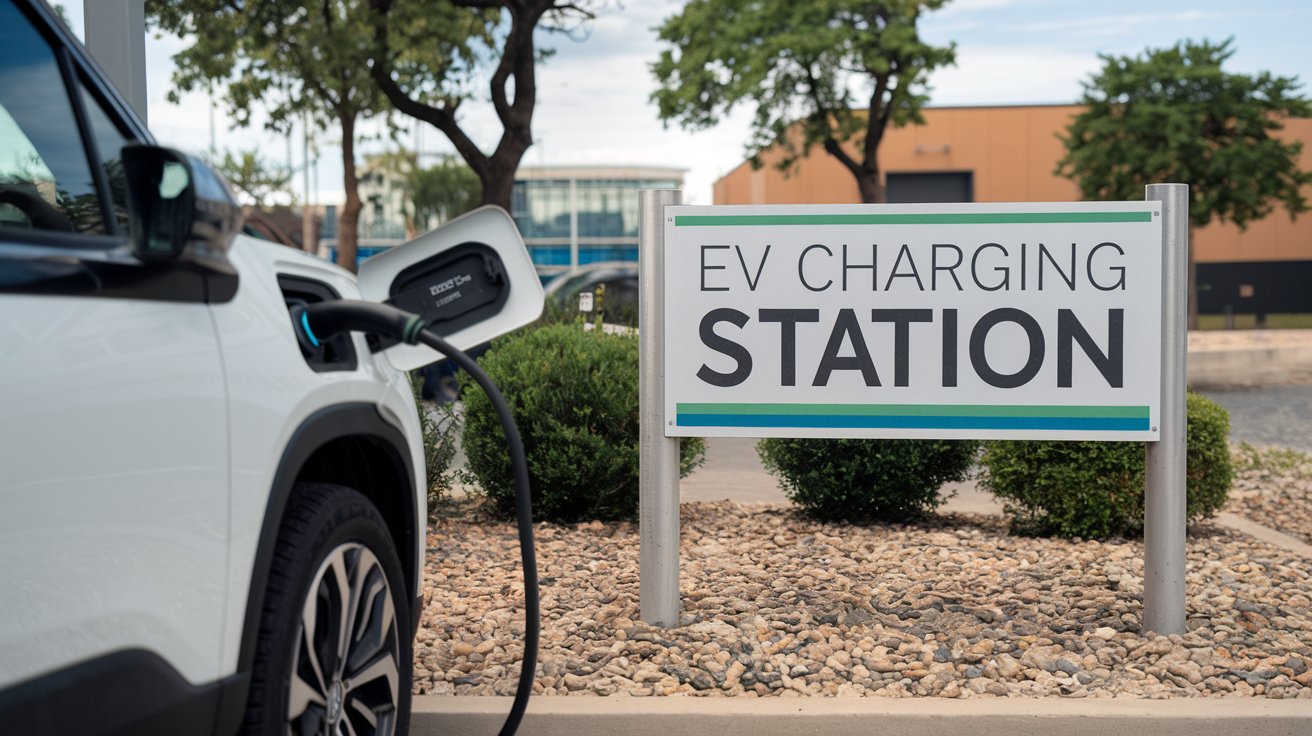
AI transforming auto lending requires human oversight to prevent bias, expand credit access, and meet regulations—creating balanced solutions that improve efficiency and fairness.

Drivetech Partners
AI is rapidly transforming the automotive lending landscape, but with this technological revolution comes significant risks of algorithmic bias and regulatory challenges that demand careful attention. The integration of human oversight with AI systems creates a powerful synergy that promotes fair lending practices while maximizing efficiency and ensuring that technological innovation doesn't come at the expense of consumer protection or equitable access to credit.
Key Takeaways
Human-AI collaboration mitigates algorithmic bias risks that could disadvantage minority and underbanked populations in auto lending
Alternative data integration supervised by humans can expand credit access to previously excluded consumers while maintaining appropriate risk management
Only 27% of lenders fully trust AI for loan calculations, highlighting the continued necessity of human oversight in regulatory compliance
Case studies show that balanced human-AI approaches lead to faster approvals and higher conversion rates while maintaining important safeguards
Transparent decision processes backed by human judgment are essential for building trust with consumers and regulators alike
The Dual Challenge: Algorithmic Bias and Fair Lending in Auto Finance
The auto lending industry faces a critical balancing act: harnessing the power of AI while protecting consumers from algorithmic bias. Without proper oversight, AI systems can amplify historical biases present in lending data, potentially creating new forms of digital redlining based on race, ethnicity, or geography.
The stakes are high. Studies show that 65% of auto loan holders report financial burden from their loans, making fair access to affordable financing not just a regulatory concern but a genuine financial wellness issue. This reality underscores why human oversight in AI lending decisions isn't optional—it's essential.

Loan officers currently provide critical oversight by reviewing AI model outputs, monitoring for discrimination patterns, and flagging unusual cases that might indicate systematic bias. Beyond individual reviews, interdisciplinary teams conduct pre-deployment fairness evaluations to catch potential issues before they impact consumers.
This human layer of supervision isn't just good practice—it's required. Lenders must comply with the Equal Credit Opportunity Act (ECOA) and Fair Housing Act, which prohibit discrimination in lending. AI systems, despite their sophistication, cannot independently ensure compliance with these complex regulations without human guidance and interpretation.
Expanding Credit Access Through Human-Guided AI and Alternative Data
One of the most promising aspects of AI in auto lending is its ability to broaden financial inclusion through alternative data. Traditional credit scoring systems often exclude consumers with limited credit histories, but AI can analyze non-traditional financial data points like utility payments, rental history, and banking patterns to assess creditworthiness more holistically.
This approach has the potential to bring previously excluded consumers into mainstream lending pools. However, alternative data must be properly contextualized by human loan officers who can evaluate unusual patterns and intervene when automated outcomes don't align with common sense or fairness principles.
Explainable AI (XAI) techniques provide the transparency needed for effective human oversight. These tools make complex algorithms more understandable by:
Highlighting which factors most influenced a lending decision
Providing clear rationales that human overseers can evaluate
Enabling loan officers to override decisions when contextual factors warrant intervention
Supporting post-hoc analysis that helps refine future algorithmic approaches
When loan officers can understand why an AI system reached a particular conclusion, they can better assess whether that conclusion makes sense for the specific applicant. This human judgment layer adds nuance that algorithms alone cannot provide, particularly for applicants with unusual financial circumstances that don't fit neatly into algorithmic patterns.
Regulatory Compliance Through Human-AI Collaboration: A Framework
AI excels at streamlining document verification, spotting missing fields, and flagging inconsistencies—tasks that previously consumed hours of human attention. This automation significantly reduces error risk while freeing loan officers to focus on more complex compliance concerns.
Despite these advantages, trust in AI-only approaches remains limited. According to a survey by Carleton, while 43% of lenders believe AI effectively detects and prevents compliance errors, only 27% mostly or fully trust AI for loan calculations. This trust gap highlights why human oversight remains crucial for regulatory compliance.
Recent regulatory developments further emphasize the importance of human-AI collaboration:
The Bipartisan House Task Force on AI (2024) issued 85 recommendations for responsible AI adoption in auto lending
The EU AI Act (August 2024) designates credit scoring as "high risk," requiring strong controls and direct human oversight
The Consumer Financial Protection Bureau (CFPB) has clearly stated there are "no exceptions to consumer protection laws for new technologies"
To meet these regulatory expectations, auto lenders need robust governance frameworks that include thorough model documentation, validation reports, sensitivity testing, and regular model audits. Human oversight isn't just an add-on—it's the foundation of a compliant lending operation in the AI era.
Case Studies: Successful Human-AI Synergy in Auto Finance
Real-world implementations demonstrate the power of balanced human-AI approaches. The Upstart Showroom platform exemplifies this synergy by enabling dealerships to "desk" deals in minutes rather than hours, while maintaining loan officer override capabilities for contextual judgment. The results speak for themselves: 100% of dealerships implementing this approach observed increased revenue.
Similarly, Micronotes' Automated Prescreen technology identifies the 29% of consumers most likely to benefit from refinancing across 230 million credit records. This precision targeting achieves higher conversion rates with net negative acquisition costs. According to Q2 2025 data, over 83% of new loans originated through this system are Prime+ quality, reflecting its ability to identify good risks that traditional methods might miss.
Both systems showcase how human-AI workflows boost speed and fairness while maintaining regulatory safety nets. The AI component handles data processing and initial recommendations, while human oversight ensures that edge cases receive appropriate attention and final decisions reflect both algorithmic insights and human judgment.

Building Consumer Trust: Transparency in the AI Decision Process
Consumer trust in lending decisions doesn't happen automatically—it must be earned through transparent processes and clear communication. When AI plays a role in lending decisions, this transparency becomes even more critical.
Effective trust-building mechanisms include providing clear explanations of credit decisions, offering personalized service during sensitive situations, and establishing accessible channels for consumers to appeal algorithmic decisions. Transparency isn't just customer-friendly—it's legally required through adverse action notices that must cite specific, understandable reasons based on both AI scores and human judgment.
The benefits of this transparency extend beyond compliance. Lenders who effectively balance AI efficiency with human touch points report:
Faster approval processes that satisfy consumer expectations for quick decisions
More tailored credit offers using up-to-date risk profiles
Higher conversion rates on preapproved offers
Improved customer satisfaction scores
When consumers understand how lending decisions are made and see evidence of human oversight, they're more likely to trust the process even when outcomes aren't favorable. This trust translates into brand loyalty and positive word-of-mouth that can drive business growth.
The Fairness Imperative: Human Oversight in Bias Detection and Mitigation
The effectiveness of different oversight models varies significantly. Fully AI-driven lending systems remain vulnerable to perpetuating historical bias, with risks of systematic error that can disproportionately impact certain communities. In contrast, human-AI collaboration provides ongoing assessment and audits that serve as critical safeguards against bias.
This collaboration works best when interdisciplinary teams—including technologists, compliance officers, and economists—work together to evaluate AI models. These diverse perspectives help identify potential fairness issues that might be missed by more homogeneous teams.
Ongoing bias monitoring techniques include:
Regular testing for disparate impact across different demographic groups
Outcome analysis across protected classes to identify unexpected patterns
Geographical distribution analysis to detect potential redlining
Comparative performance metrics to ensure consistent treatment
Human judgment is particularly valuable when applied to edge cases that don't fit neatly into algorithmic patterns. Loan officers can consider contextual factors that might justify approving loans for applicants who would be rejected by purely algorithmic approaches, ensuring equitable access to credit across diverse populations.
Future Directions: Evolving Standards for Responsible AI in Auto Finance
The auto finance industry is preparing for additional regulatory guidance from the CFPB and FTC specifically addressing AI in lending. These emerging standards will likely formalize many current best practices while introducing new requirements for model transparency and fairness.
International developments are also shaping U.S. practices. The EU AI Act's requirements for high-risk applications like credit scoring are influencing global best practices, creating pressure for consistent standards across international operations.
Technology advancements in explainability are making AI decisions more transparent to both lenders and borrowers. These advances will help bridge the current trust gap while enabling more effective human oversight of increasingly complex algorithms.
Industry consensus is forming around several key principles:
Mandatory model documentation requirements
Standardized validation procedures
Comprehensive fairness testing frameworks
Required training programs for human reviewers
Documented override procedures that ensure accountability
These evolving standards reflect growing recognition that responsible AI adoption requires both technological sophistication and human judgment. The most successful lenders will be those who embrace this balanced approach rather than seeking purely automated solutions.
The Business Case for Human-AI Balance in Auto Lending
Beyond regulatory compliance and fairness considerations, there's a compelling business case for balanced human-AI approaches in auto lending. The quantifiable benefits include:
Application processing times reduced by up to 90% while maintaining quality control
Higher application completion rates with human guidance at critical decision points
Significant decrease in application errors and compliance issues with AI assistance
The initial investment in AI technology and human oversight training is quickly offset by increased lending volume and reduced compliance risks. Lenders who achieve the right balance report improved customer acquisition and retention metrics, creating a sustainable competitive advantage.
This balanced approach delivers results across the entire lending cycle, from initial application screening to underwriting, servicing, and collections. At each stage, AI handles routine processing





